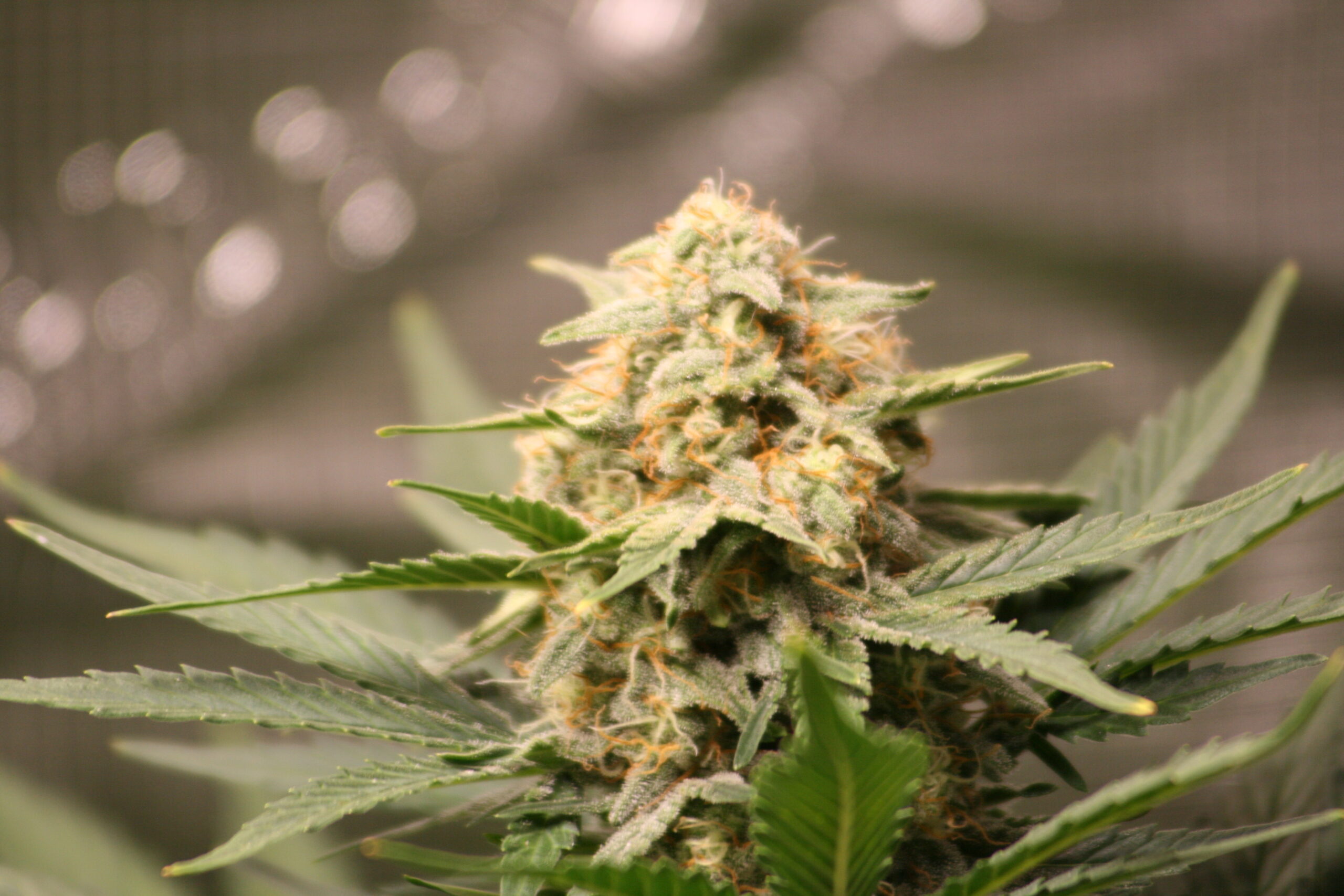Cannabis, also known as marijuana, is a flowering plant that has been valued for centuries for its medicinal, industrial, and recreational uses.
The plant is unique for producing compounds called cannabinoids (like THC and CBD) and terpenes, which together influence its effects, aroma, and flavor.
🌱 Main Types (Strains)
Cannabis indica 🌄
- Origin: Hindu Kush mountains (Afghanistan, Pakistan)
- Short and bushy with broad leaves
- Fast flowering, dense buds
- Often associated with body-focused, relaxing effects
Cannabis sativa ☀️
- Origin: Tropical regions (Thailand, Mexico, Colombia, Cambodia)
- Tall and airy with narrow leaves
- Longer flowering times
- Known for uplifting, energizing, and cerebral effects
Cannabis ruderalis ❄️
- Origin: Harsh climates (Russia, Mongolia, Central Asia)
- Very small, hardy plants
- Naturally autoflowering
- Typically low THC, higher CBD, often used in breeding
📊 Detailed Comparison: Indica vs. Sativa vs. Ruderalis
| Feature | Indica 🌄 | Sativa ☀️ | Ruderalis ❄️ |
|---|---|---|---|
| Origin | Hindu Kush, Afghanistan, Pakistan | Tropical (Thailand, Mexico, Colombia, Cambodia) | Russia, Mongolia, Central Asia |
| Height | 60–120 cm indoors, ~2 m outdoors | 120–300+ cm, sometimes up to 5 m outdoors | 30–80 cm (very small) |
| Growth form | Compact, bushy, broad leaves | Slender, airy, narrow leaves | Small, bushy, sturdy stem |
| Internodes | Short (dense plant) | Long (more open structure) | Short |
| Flowering time | 7–9 weeks | 10–16 weeks | 8–12 weeks total (autoflowering) |
| Bud structure | Thick, dense buds (risk of bud rot) | Airy, long buds (foxtails) | Small, airy buds, low resin |
| Yield | High indoors, heavy colas | Often lower per m² but very large plants | Low, but very fast |
| Effect | Body-focused, relaxing, “couchlock” | Cerebral, energizing, creative | Mild psychoactivity, higher CBD |
| THC/CBD | Often higher CBD alongside THC | Often higher THC, lower CBD | Low THC, higher CBD |
| Use | Medicinal (pain, sleep), evening use | Recreational, social, daytime use | Breeding → source of autoflower gene |
| Climate | Suited for cooler climates | Suited for warm/tropical climates | Adapted to extremely cold/harsh climates |
🌿 Hybrids
Most modern cannabis strains are hybrids — crossbreeds of indica, sativa, and sometimes ruderalis.
- Indica-dominant hybrids → relaxing and body-heavy.
- Sativa-dominant hybrids → uplifting and cerebral.
- Balanced hybrids → aim for a mix of both.
- Autoflower hybrids → combine ruderalis with indica/sativa for quick, automatic flowering.
🔑 Key Characteristics
- Cannabinoids:
- THC → psychoactive, responsible for the “high.”
- CBD → non-intoxicating, researched for therapeutic potential.
- Minor cannabinoids (CBG, CBN, CBC) contribute unique effects.
- Terpenes:
- Aromatic compounds that define each strain’s scent and flavor.
- Examples: myrcene (earthy), limonene (citrusy), pinene (piney).
- Uses:
- Recreational enjoyment
- Medicinal and therapeutic purposes
- Hemp production (fiber, seeds, oil)
✨ In summary, the cannabis plant shows incredible diversity. With indicas, sativas, ruderalis, and hybrids, it offers a wide range of growth patterns, aromas, effects, and potential applications.


Leave a Reply